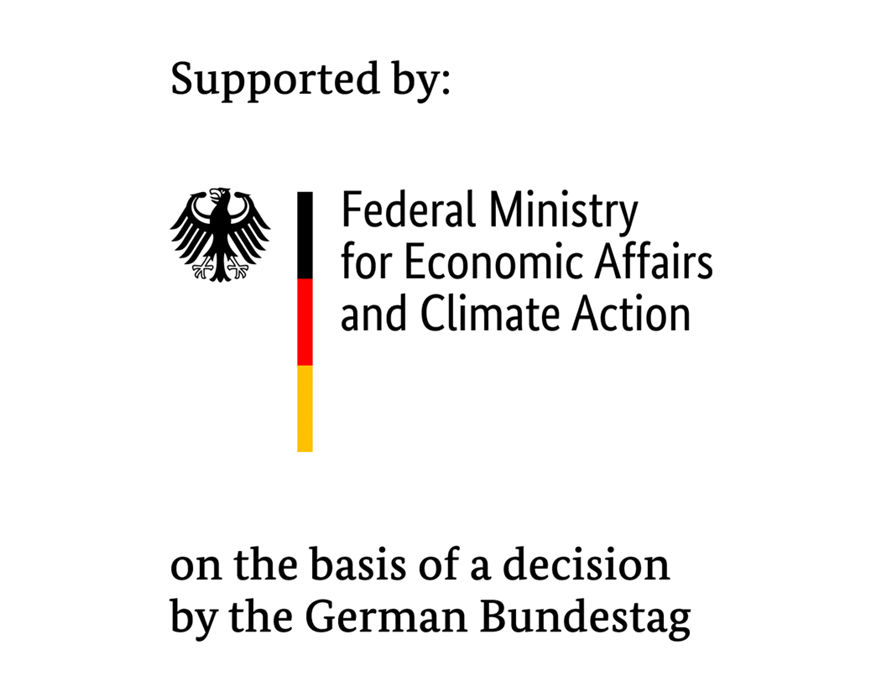At a glance
- Failure of rolling bearings in the drive train of wind turbines results in long downtimes and high repair costs.
- In the WEA-RiWa project, the project partners are investigating the phenomenon of ring creep, which is a possible cause of damage to rolling bearings, and developing a calculation method based on simulation and validation tests with the aim of being able to take ring creep into consideration right from the design process in the future.
- Fraunhofer IWES is responsible among other things for conducting large-scale testing on main bearing units.
The challenge
The drive trains of wind turbines usually feature rolling bearings. Despite decades of experience, unforeseen failures resulting from the direct or indirect consequences of the phenomenon known as ring creep can still occur in modern wind turbines. Ring creep results in relative movement between the bearing ring and the housing into which the bearing is fitted or between the bearing inner ring and the shaft. The resulting fretting corrosion eventually leads to bearing failure. In addition, wear debris can cause further damage to other parts of the drive train. The resulting repair and production downtime costs can significantly reduce the economic viability of a wind turbine.
The solution
In the WEA-RiWa project, the project partners are developing a validated, model-based calculation method for the prediction of the ring creep of main bearings and planet carrier bearings in wind turbines. The basis for this is a simulation method which accounts for the micromovements in the bearings. For the validation of this method, the scientists are testing main bearings and planet carrier bearings on state-of-the-art large-scale test rigs. The results will be utilized to derive a model-based prediction methodology for the ring creep tendency, allowing the ring creep mechanism of a bearing in the drive train to be taken into consideration during the design process in the future.
Among other things, Fraunhofer IWES will be contributing its test rig for main bearing units to the project. Furthermore, the scientists will be developing a simulation tool for the prediction of the ring creep tendency on wind turbine main bearings on the basis of the tests. In addition, they will be performing large-scale testing on a specifically adapted research main bearing unit for investigation of the ring creep behavior and model validation.
The added value
The reliable prediction methodology for ring creep will be an important step towards more reliable and cost-effective operation of wind turbines. Not only does it reduce expensive repairs and downtimes, but its integration in industrial processes can also help to cut costs in the design process, as iteration loops in the design can be reduced.
